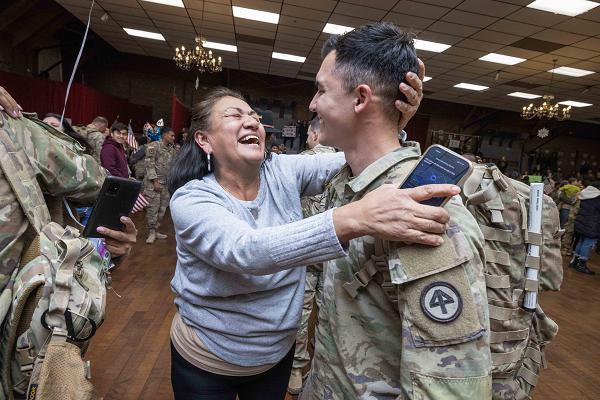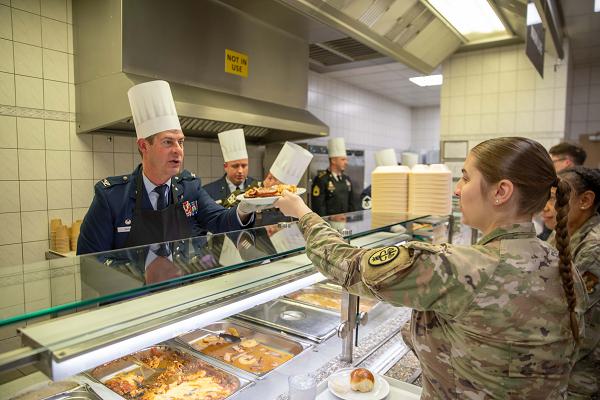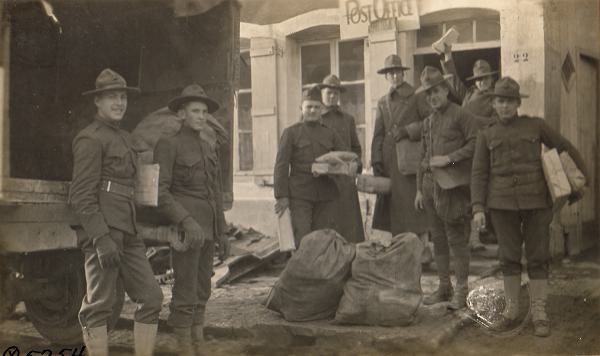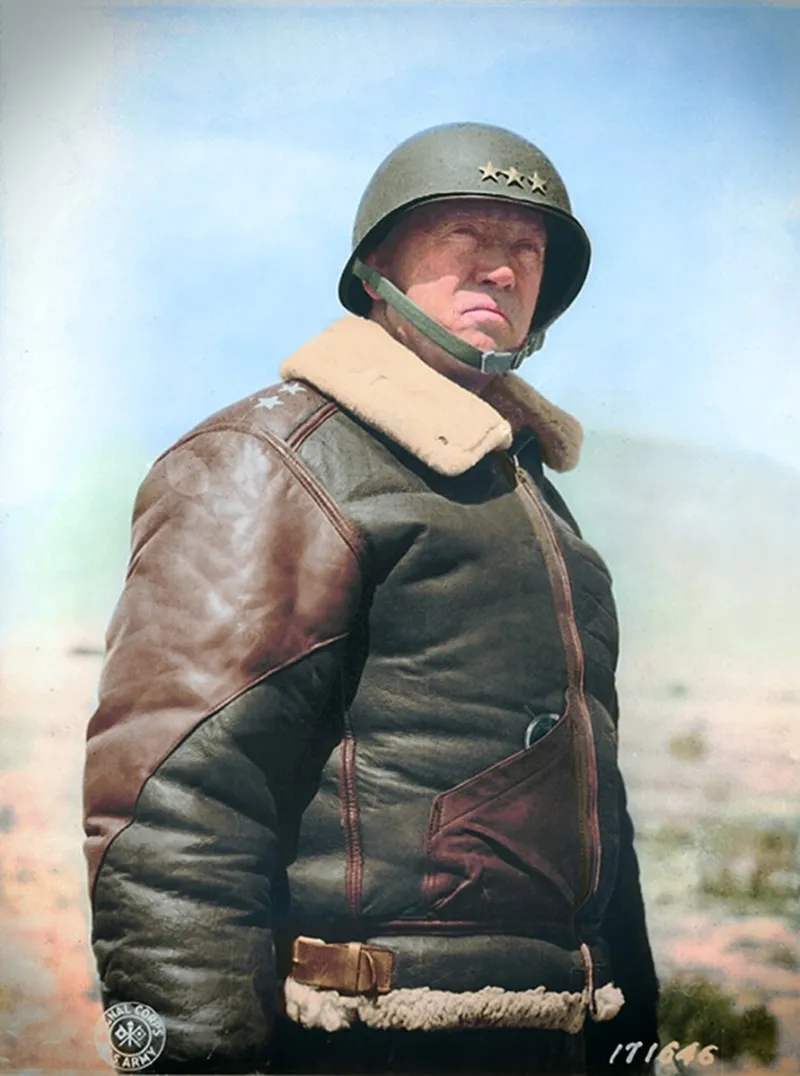- Details
- Hits: 1213

Landover, Maryland. (December 15, 2024): According to sports commentators, the military academies will soon be the “Unicorns” of college football as the last bastion of amateur athletics. In this photo by Benjamin Applebaum, West Point cadets cheer on their team despite suffering a tremendous upset at the hands of their archrival, Navy.
The service academies are called Unicorns for having escaped the recent controversy regarding paying college athletes to play football. In a landmark 2021 Supreme Court ruling, students were granted control over the use of their "name, image, and likeness" or NIL. The ruling held that students enjoy a legal right to control how their image is used, including for commercial purposes, and that they are entitled to seek compensation. The ruling has forever changed college sports by allowing student-athletes to profit from their fame. This is not so for military academy students, for many important reasons.
Unlike their civilian colleagues, academy students are considered federal employees and active-duty members of their respective service. For this reason, athletes are paid a salary, generally in the high fifties, and not allowed to have outside employment. They enjoy free tuition, room, board, medical, and dental coverage. In exchange, students agree to serve five years on active duty and three in the reserves.
- Details
- Hits: 1745

Lawrenceville, New Jersey. (December 3, 2024): In this heart-warming photo by Mark Olsen, family members welcome home 200 U.S. Army Soldiers with the 44th Infantry Brigade Combat Team, New Jersey Army National Guard, just in time for Christmas. The unit deployed to Iraq, Kuwait, and Syria as part of Operation Inherent Resolve. These are the fortunate ones whose situation allows for annual leave and the chance to return home for the holidays.
According to the Bureau of Labor Statistics, civilian employers give their employees just eleven 11 days of paid vacation per year compared to the military standard thirty days a year.
Unlike civilian employers, who offer an average of less than two weeks annual leave, the military grants each employee up to 30 days a year. Also, there is no separate "sick day" category as service members accrue "annual leave" which can be used for any reason including illness. If a servicemember has accrued enough annual leave, they can request annual leave during the holidays with the permission of their unit.
- Details
- Hits: 795

Landstuhl Regional Medical Center, Germany. (December 20, 2024): Although it is impossible to recreate Christmas dinner at home, the American military does its level best. In this photo by the DOD’s Travis Jones, senior leaders and commanders serve holiday meals to service members, employees, and staff. This tradition of officers serving enlisted is an acknowledgement of the vital role enlisted troops play in their unit’s success.
It is also a chance for senior commanders to thank individual servicemembers and staff in a cheerful, holiday atmosphere. The Christmas meal is the center of attention for the 165,000 troops stationed around the world and the 48,900 Sailors underway on ships. According to the Defense Manpower Data Center, there are three carrier strike groups and one amphibious ready group on active watch during the holidays.
This is why the Defense Logistics Agency (DLA), responsible for shipping the key ingredients, goes all out for Christmas. Plans this year call for transporting 690,000 pounds of Christmas fare to America’s deployed servicemembers. This haul includes 6,210 whole turkeys, 176,791 pounds of beef, 98,091 pounds of ham; and 49,055 pounds of shrimp. This is an increase of 26 percent over last year due to increased deployments.
- Details
- Hits: 946

Washington, D.C. (December 19, 2024): In this 1917 photo, American Soldiers crowd around as the Christmas mail arrives at Bruvans, France. (Credit: Army Center for Military History). They were part of the first 14,000 U.S. infantry troops who landed at the port of Saint-Nazaire, France in May. By 1918, over a million American troops were stationed in France and more than half were serving on the front lines.
Our British allies didn’t think much of their U.S. comrades initially, referring to the Americans as “doughboys;” fat, untrained, ill-equipped, and not ready to fight. Even the French doubted the green G.I.s, insisting that each American unit be attached to a corresponding French one. Under the leadership of General John “Blackjack” Pershing, however, the American Expeditionary Force more than proved themselves in combat.
During the Battle of Belleau Wood, for example, the Germans had crept to within forty miles of Paris when the U.S. 2nd and 3rd Divisions took them on. The battle was known for its bloody, hand-to-hand combat by the Marines who fought day and night with no food or water. The Germans were thrown back and this was the closest they ever came to Paris.
- Details
- Hits: 761

Tallahassee, Florida. (December 20, 2024): In this photo by Bernd Mai, American Soldiers gather with German families who volunteer to host servicemembers for Christmas celebrations. Local Germans open their hearts and homes to G.I.s who are far from home and in return they receive memories that last a lifetime.
I was one of those lonely Soldiers forty-seven years ago stationed with the combat engineers at Heilbronn, a small city near Stuttgart. My buddy Butch and I signed up for “Operation Good Cheer,” a new program for troops with nowhere to go for Christmas. We were hosted by a marvelous elderly widow who was herself alone for the holidays for the first time. She was kind and gracious (she even used real candles on her tree!) and she patiently explained how Germans celebrate the holiday. We had a traditional meal and left with a warmth I feel to this day. Looking back, I’m pretty sure our visit was as special to our host as it was to us.
Read more: GOD HEALS & GERMANS NOW HOST AMERICAN FRIENDS AT CHRISTMAS
- Details
- Hits: 1530
 “Anyone in any walk of life who is content with mediocrity is untrue to himself and to American tradition.” ~~ General Patton
“Anyone in any walk of life who is content with mediocrity is untrue to himself and to American tradition.” ~~ General Patton
Many conflicting and some untrue stories have been printed about General George S. Patton and the Third Army Prayer. Some have had the tinge of blasphemy and disrespect for the Deity. Even in “War As I Knew It” by General Patton, the footnote on the Prayer by Colonel Paul D. Harkins, Patton’s Deputy Chief of Staff, while containing the elements of a funny story about the General and his Chaplain, is not the true account of the prayer Incident or its sequence.
 As the Chief Chaplain of the Third Army throughout the five campaigns on the Staff of General Patton, I should have some knowledge of the event because at the direction of General Patton I composed the now world famous Prayer, and wrote Training Letter No. 5, which constitutes an integral, but untold part, of the prayer story. These Incidents, narrated in sequence, should serve to enhance the memory of the man himself, and cause him to be enshrined by generations to come as one of the greatest of our soldiers. He had all the traits of military leadership, fortified by genuine trust in God, intense love of country, and high faith In the American soldier.
As the Chief Chaplain of the Third Army throughout the five campaigns on the Staff of General Patton, I should have some knowledge of the event because at the direction of General Patton I composed the now world famous Prayer, and wrote Training Letter No. 5, which constitutes an integral, but untold part, of the prayer story. These Incidents, narrated in sequence, should serve to enhance the memory of the man himself, and cause him to be enshrined by generations to come as one of the greatest of our soldiers. He had all the traits of military leadership, fortified by genuine trust in God, intense love of country, and high faith In the American soldier.


